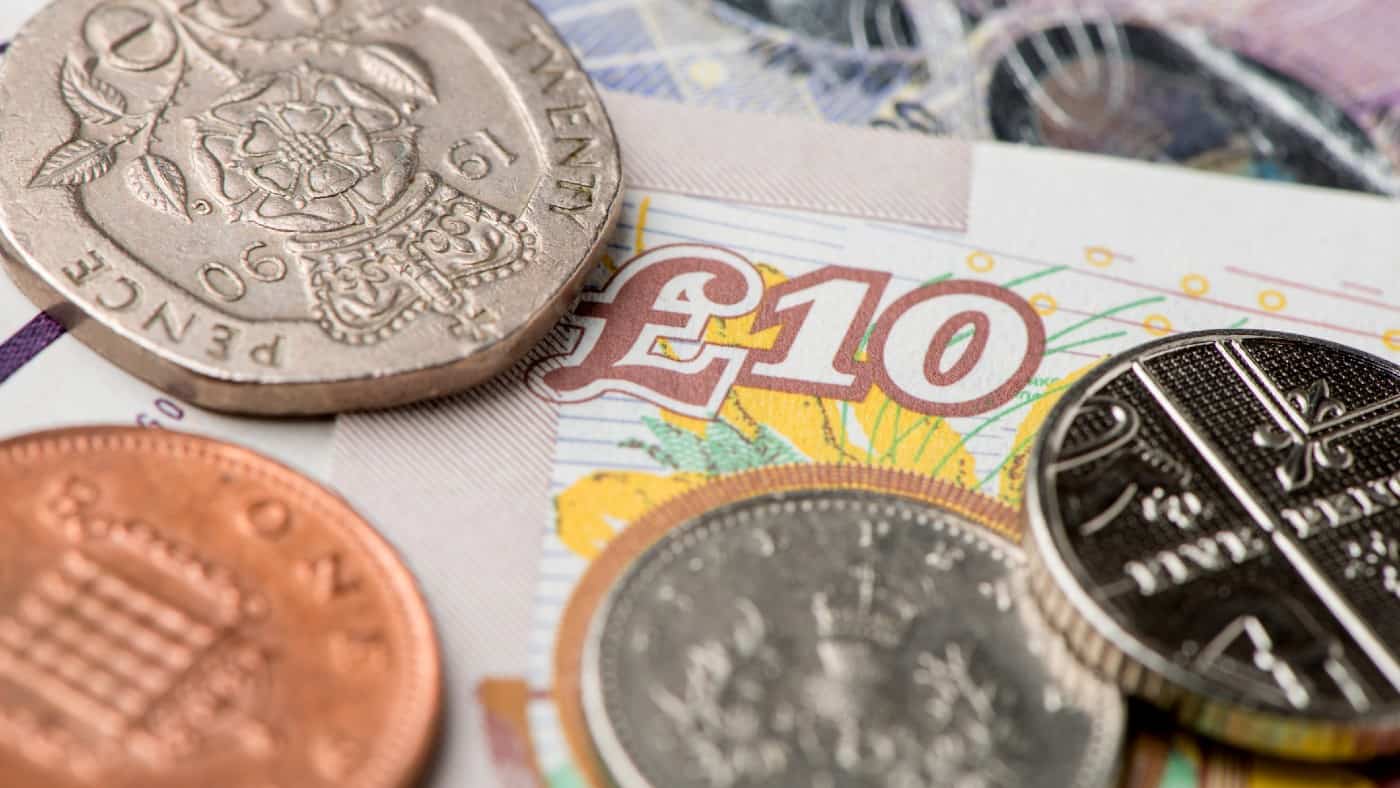I think a second income is a great way to supplement my standard salary. If it’s enough to cover my everyday expenses then I can save a lot at month’s end.
One way to build towards earning extra income is by buying shares in companies that pay dividends.
Naturally, this approach has both benefits and disadvantages. On the plus side, it requires almost no time or effort. However, it can take years of regular investments before it starts becoming profitable — and there’s no guarantee it will. But if it does, it can result in a steady stream of effortless income.
The trick is choosing the right shares.
Ideally, an income-focused portfolio should include a mix of shares from various sectors and regions. This helps to avoid losses from industry-specific risks and localised economic issues.
Home is where the heart is
One example is the UK housebuilding company Taylor Wimpey (LSE: TW.). It has been a reliable income stock lately, increasing annual dividends from 0.7p per share in 2013 to 9.58p in 2023 — an annualised growth of 29% per year.
New government housing policies could increase demand for its services soon, boosting revenue. When dividend-paying companies enjoy a profitable quarter, they often increase dividends for shareholders. The share price is already up 42.3% in the past 12 months.
Its price-to-earnings (P/E) ratio is still low enough, at 23.6. So it may have more room to grow.
However, revenue is localised and heavily reliant on the UK economy. This was most evident during the 2008 financial crisis when the share price collapsed 97% over 18 months. Should a similar event reoccur the price could crash again.
Another great local dividend payer to consider is ITV, with a 6.3% yield. But let’s look at something further afield.
An international powerhouse
With a £60bn market cap, British American Tobacco (LSE: BATS) is another great dividend stock with an 8.6% yield. The tobacco giant is a much larger global outfit than Taylor Wimpey, deriving almost half of its revenue from the US. Europe is its second-largest market, with the rest coming from Asia and Africa.
This makes it less prone to fluctuations in a single market.
However, new smoking regulations are putting pressure on cigarette companies to adapt. It has poured capital into transitioning to less harmful, next-generation products like vapes. As a result, it’s currently unprofitable and carrying £40bn in debt.
With next-gen products gaining popularity, analysts expect the company will return to profitability this year. Earnings are expected to grow at a rate of 44% per year going forward.
Another good international dividend payer to consider is HSBC, with a 7% yield.
The waiting game
With a portfolio of shares that yielded 7% on average, a £10 daily investment could earn around £255 in dividends after year one. After 10 years, my pot would have grown to around £63,740, assuming price appreciation of 5% (the FTSE average).
At that point, I’d be breaking even, earning around £10 a day in dividends. Another eight years and my pot would have reached £200k, paying me a second income of over £12,000 a year in dividends — or £33 a day.








